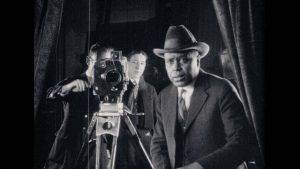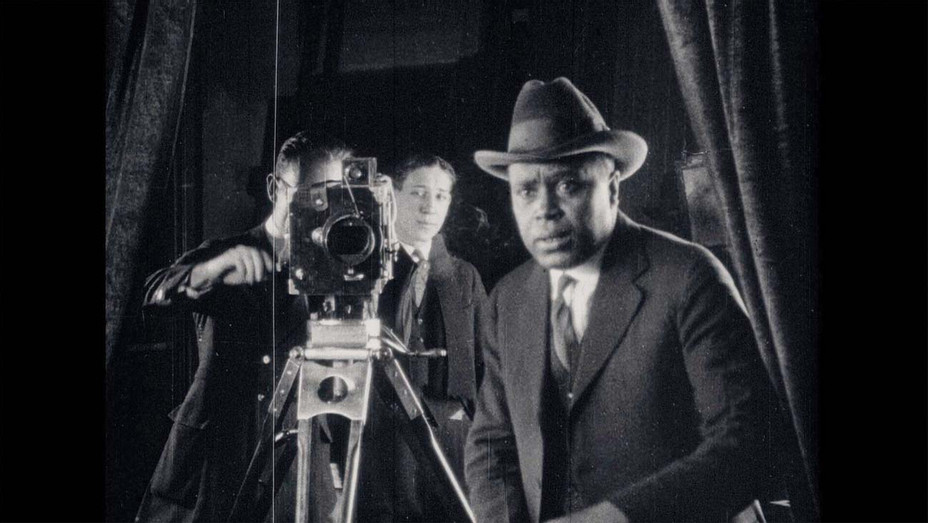
This morning I woke up (beats the alternative), was immediately sat upon by my two dogs, and made coffee in my handy dandy Keurig. As I sat down, I powered on my laptop, and tried to find out what I had missed. Alamo Drafthouse had made the decision to go Chapter 11. They were immediately snatched up in what was an obviously strategized move by Alamont Capital and Fortress Capital. This of course saddened me, having been a fan of what was at one time the cutting edge of pioneer movie exhibition.
I like pioneers, folks who dare to be different and willing to take a few arrows in the back. People who know that they have an outlook that changes things and then try to do it. Like with all businesses that are in trouble I see consultant after consultant come out of the woodwork. I saw an email for someone who was consulting on drive-ins, another who wanted theaters to make their own movies and so on. Basically, in my mind these folks see an opportunity to sustain themselves at the cost of desperate people. They should be summarily ignored.
I had the honor of producing a movie for the legendary Roger Corman, a tie- in the wool pioneer and at one time a mainstay of the drive-in theater alongside American International and a myriad of back street producers.
For me it is obvious that going forward, when it comes to true movie going, the drive-in is going to lead the way, but I am sure that other innovators will rise as well.
Drive-ins have recently gone away, but the venues first exploded in the 1950s and peaked in the 1960s when the baby boom and the rise of the suburbs provided a market opportunity for the open-air alternative to the traditional “hardtops.” In 1960, around 5,000 drive-ins operated in America, compared to 13,200 conventional theaters, a market share that contributed a hefty 23 percent of annual box office gross. Considering the seasonality of the drive-in, that is more than significant. Mark my words they are coming back with a vengeance.
One of my heroes in cinematic innovation came into being because of the dark days of the Jim Crow laws. Jim Crow laws wove segregation into American society, it was cruel, it was inhumane and it deprived society of the participation of a dynamic and innovative demographic, the Black American. He should be reflected on as both a voice for a disenfranchised people and a perfect example of seeking your own path and your own voice.
Movie going under Jim Crow was rough. After buying their tickets Blacks would often be required to walk around the theater entrance to the alleyway outside, and struggle up a fire escape to gain access to the segregated areas. In the South emerging drive-in operators moved to adapt the drive-in to comply with the Jim Crow regime.. Black drive-in goers were either denied entry entirely or restricted to special sections in the parking lot. As a result Black-only drive-ins were constructed, sometimes even in regions where Jim Crow was not the practice. In Compton, California, in the year 1949 when the Skyline Drive-in opened for business, it promoted itself as the first “all-colored auto theater” featuring programming.
Oscar Micheaux was born January 2, 1884, Metropolis, Ill., U.S. He was a prolific African American producer and director who made films independently of the Hollywood film industry from the silent era until 1948.
While working as a Pullman porter, Micheaux purchased an abandoned South Dakota homestead in 1906. His adventures while trying to build a farm in the wilderness gave rise to him writing a book entitled Homesteader (1917), which he sold door-to-door. In 1917 he was approached by a Black run movie company for movie rights to The Homesteader. He said no but decided to make the movie himself. At that time Hollywood did not have a monopoly on the production of movies. They did not make movies for Black America. Other ethnic movie productions existed within America: Ukrainian, Hispanic and most famously the Yiddish Cinema based out of New York. As an aside at one time the sole source of Ukrainian language movie production was based in Oshawa, Ontario Canada.
Micheaux realized within the evil of Jim Crow, sat opportunity. So between the years 1919 and 1948 he wrote, produced, directed, and distributed more than 45 movies solely for Black audiences. At the time there existed 700 theaters dedicated to Black audiences they were called the “ghetto circuit.” Micheaux was one of the few black movie producers of the rise of the “talkies”, and he did so because of his deep commitment to promotion, hard work as well as his consummate showmanship. He often solicited investment in future movies when he was on the road distributing his latest release.
Micheaux’s movies mimicked familiar Hollywood genres, and he blatantly copied elements of Hollywood marketing campaigns and created within Black America cinema to rival MGM. He produced crime stories, biblical epics, comedies and romances. His stars included Lorenzo Tucker the “colored Valentino”, Ethel Moses, the “black Harlow), and Bee Freeman the “sepia Mae West” and many more with similarly comparative titles In many ways Micheaux crafted an alternative Hollywood. Micheaux movies told of race as being a motivator for suppression, his movies revealed the role of prejudice in the lives of his movie going audience with movies like Within Our Gates, 1920, forbidden interracial relations in movies like The Exile, 1931, a bold movie considering the time, and racial prejudice within the Black American community itself within the African American community with titles like God’s Step Children, 1937.
Oscar, even though he had limited budgets and had to make do with substandard technology, told stories that were more than important to his intended audience. In reflecting on his example, it provides opportunity for defining a market and defining success within a limited market. From the past Oscar Micheaux shines a light of what can be a potential future.
In the early 60’s acknowledging that the days of Jim Crow were coming to a more than appropriate end, Southern theaters started to quietly integrate. Many theater operators adopted a strategy for peaceful integration that had first had proven successful in Nashville. They first admitted Black audiences into matinees then slowly expanded their inclusion. They did so quietly as not to invoke the anger of the local Klan. For the movies, Jim Crow died a quiet death. In the mid sixties Sidney Poitier got to slap a white bigot in “In The Heat Of The Night.”
Thank you Mr. Micheaux, nicely done.

